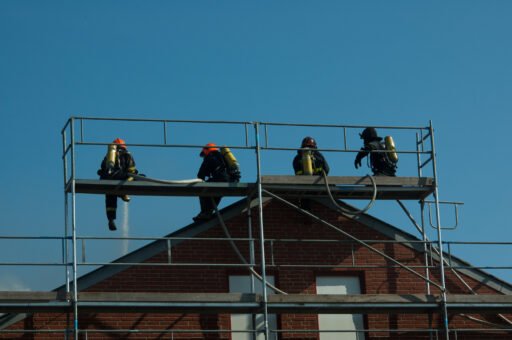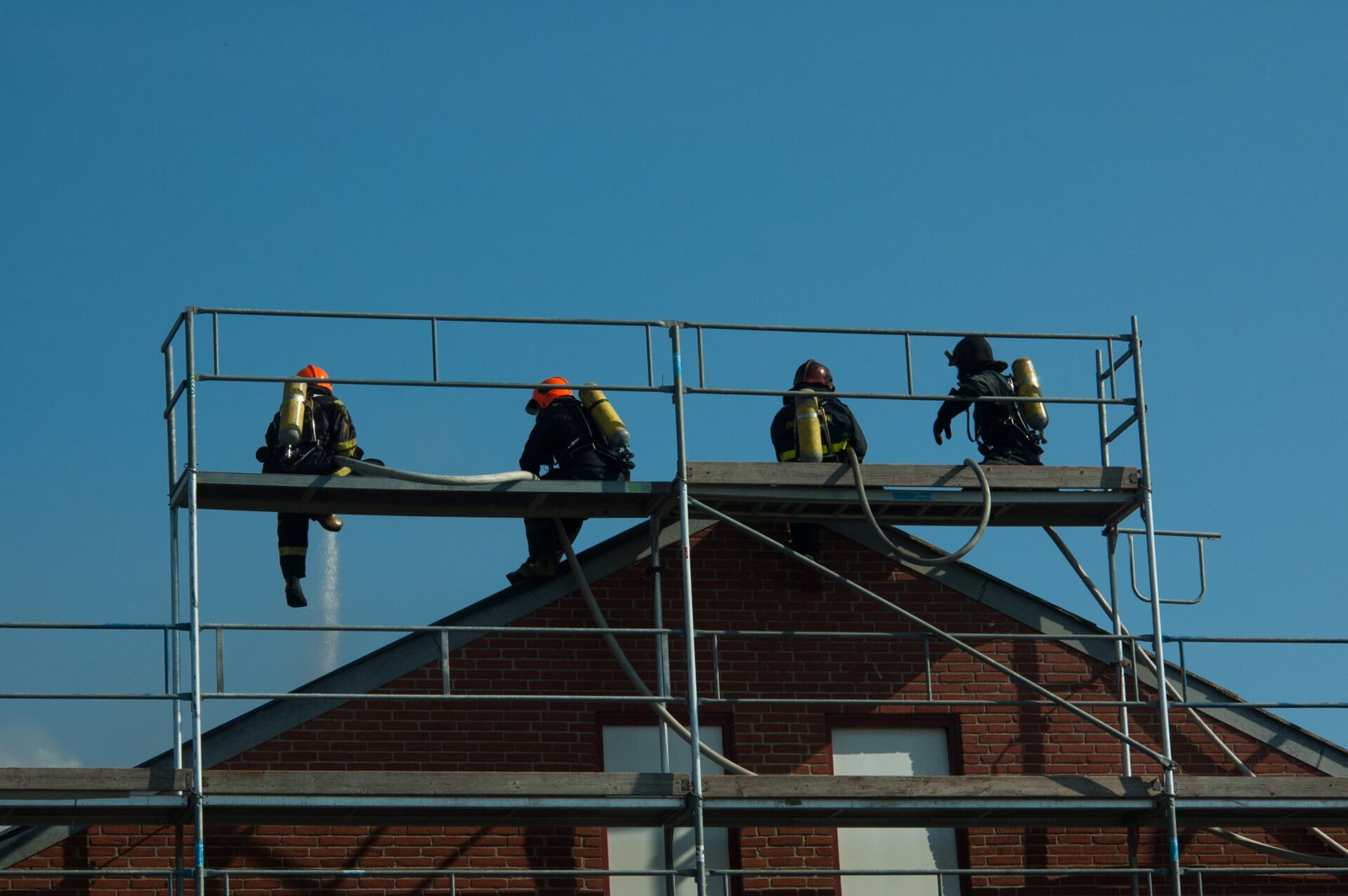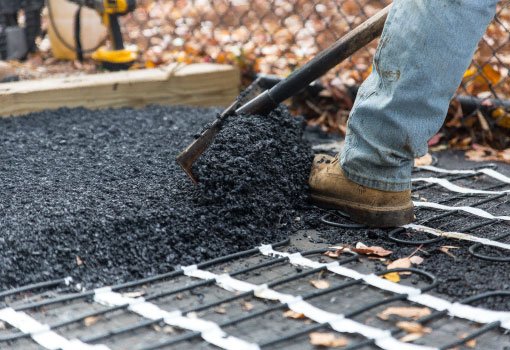Understanding Toeboards and Their Importance
Toeboards are crucial support bars, and safety components in construction and architectural design, primarily installed on landings, balconies, and other elevated surfaces to prevent objects from falling and causing injuries. Typically, toeboards are usually 4 inches high, though the exact height can vary based on specific regulatory requirements and the context in which they are used. The primary purpose of a toeboard is to serve as a safety barrier that ensures small tools, debris, and other materials do not fall off edges, thereby protecting individuals whether a builder or ordinary guy below from potential hazards.
Toeboards can be constructed from a variety of materials, including wood, metal, and plastic. The choice of material often depends on the specific application and environmental conditions. As an example, metal toeboards are commonly utilized in industrial settings due to their durability and resistance to damage, while wooden toeboards might be more suitable for residential or temporary construction projects because a wooden toeboard looks impressive plus it assists in your safety. Plastic toeboards, on the other hand, offer a lightweight yet robust option that is resistant to corrosion and suitable for various environments.
The installation of toeboards is governed by stringent regulatory standards and industry guidelines, which outline the minimum height and material specifications to ensure maximum effectiveness and compliance. Organizations such as the Occupational Safety and Health Administration (OSHA) in the United States provide clear directives on the required dimensions and installation procedures. According to OSHA regulations, toeboards must be at least 3.5 inches high, although a height of 4 inches is commonly adopted to provide an extra margin of safety.
In addition to height, regulatory standards may also specify the strength and rigidity of toeboards. These requirements are crucial in ensuring that toeboards can withstand impacts and pressures that may occur in busy construction sites or heavily trafficked areas. By adhering to these standards, builders, and designers can create safer environments that minimize the risk of accidents and injuries.
Overall, the implementation of toeboards on landings and balconies is a critical aspect of safety management in construction and design. Understanding the importance of these components, their typical height, and the materials used in their construction is vital for ensuring compliance with safety regulations and protecting workers and the public from potential hazards.
How tall should a toeboard be?
A question that individuals always ask is, how toeboards are usually __ inches high and used on landings and balconies. Toeboards, which are usually 4 to 6 inches high, play a crucial role in enhancing safety on landings and balconies. These simple yet effective barriers are primarily designed to prevent objects and debris from falling off edges, thereby protecting people below from potential injuries. The use of toeboards in construction is not just a matter of compliance with safety regulations; it is a proactive measure to mitigate risks in environments where falling objects could pose significant hazards.
One of the most compelling examples of toeboards in action can be seen in multi-story construction projects. Here, toeboards are installed along the edges of scaffolding, landings, and balconies to ensure that tools, materials, and other objects do not accidentally drop to lower levels. This practice has been instrumental in reducing workplace accidents and enhancing the overall safety of construction sites. For instance, a case study of a recent high-rise building project revealed that the implementation of toeboards significantly decreased the number of incidents involving falling objects, thereby contributing to a safer work environment.
Did you know: Best Luxury SUV of 2024: The Ultimate Guide to High-End Performance and Comfort
Beyond their practical safety applications, toeboards can also be integrated into the aesthetic design of buildings. Architects and designers often incorporate toeboards into the overall look of landings and balconies, using materials and finishes that complement the architectural style. This dual functionality allows toeboards to serve as both a critical safety feature and an attractive design element. For example, in modern residential complexes, toeboards are often crafted from sleek, durable materials that blend seamlessly with the building’s contemporary aesthetic, while still providing the essential function of preventing objects from falling.
The benefits of using toeboards extend beyond construction sites to include any environment where elevated platforms are present. By installing toeboards, property owners and managers can significantly reduce the risk of accidents, ensuring compliance with safety regulations and fostering a safer environment for occupants and visitors alike. This proactive approach not only enhances safety but also demonstrates a commitment to maintaining high standards of workplace and public safety.







